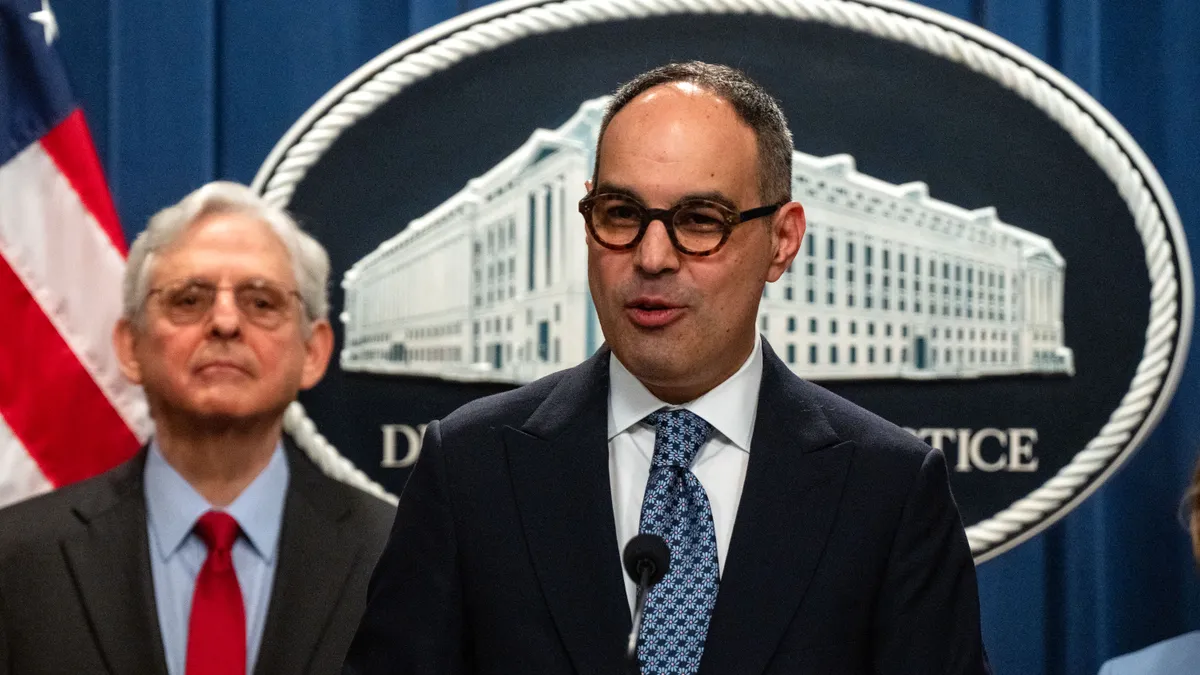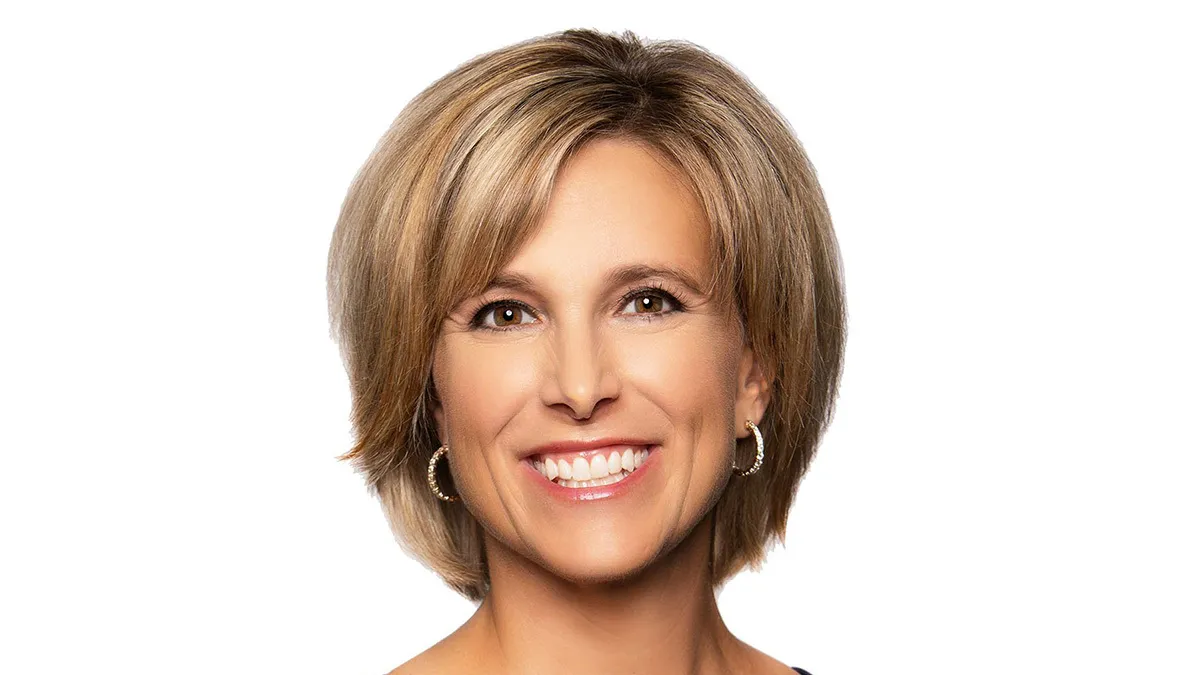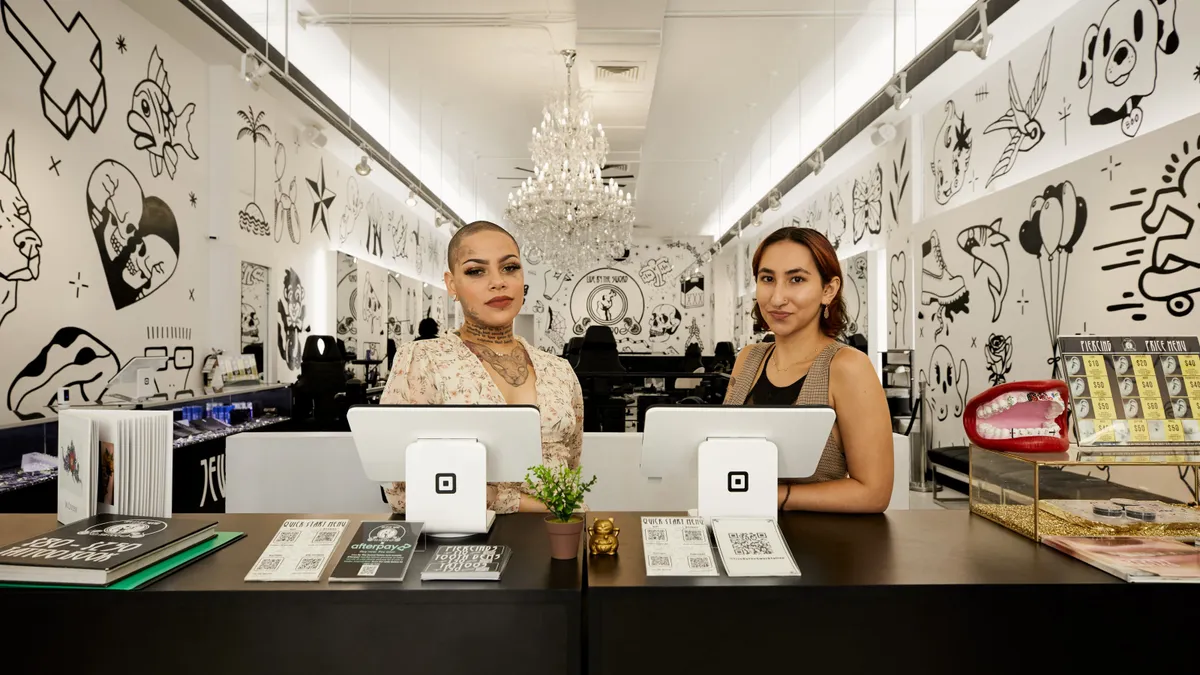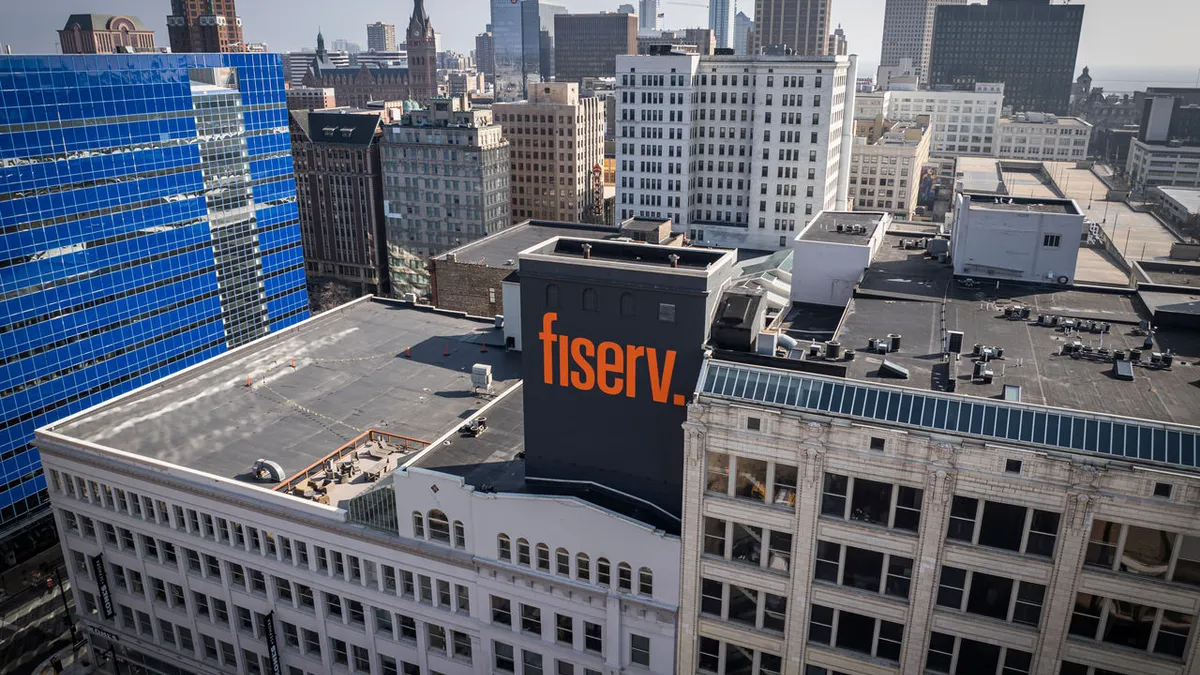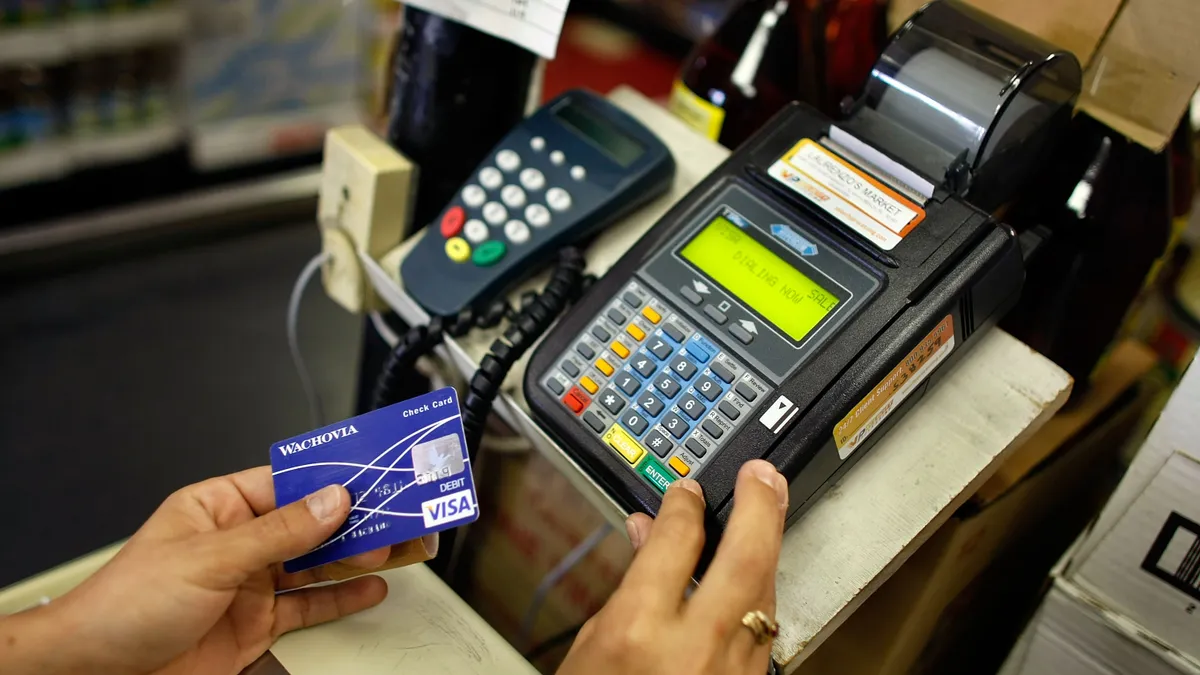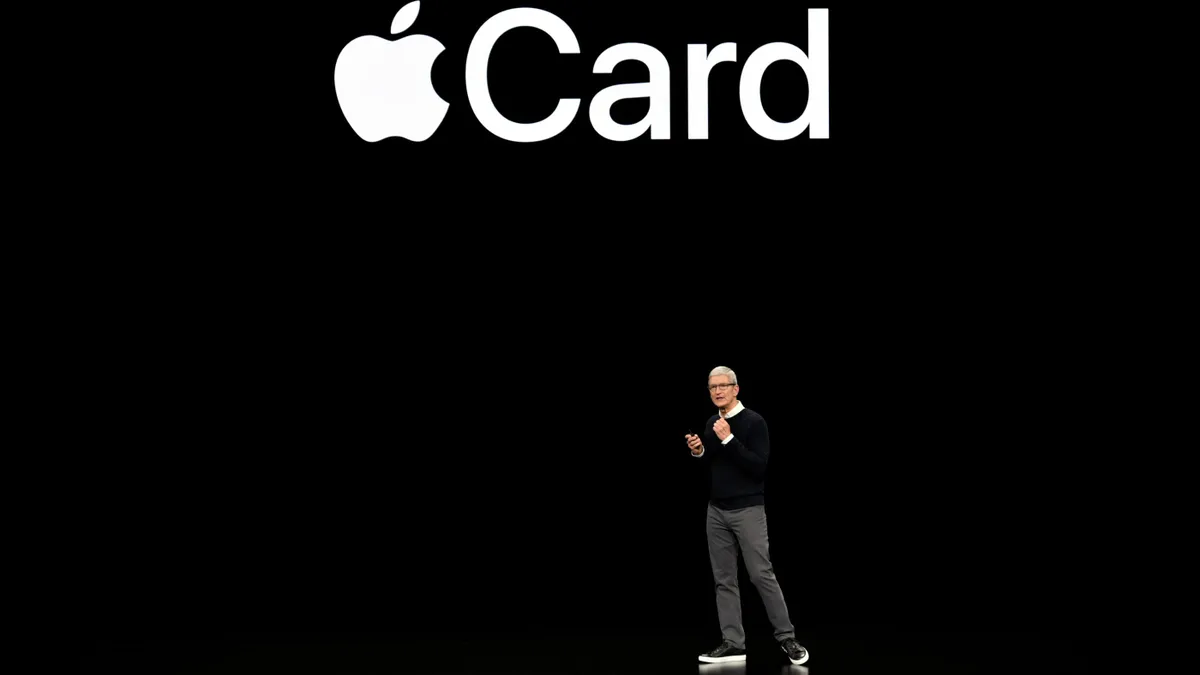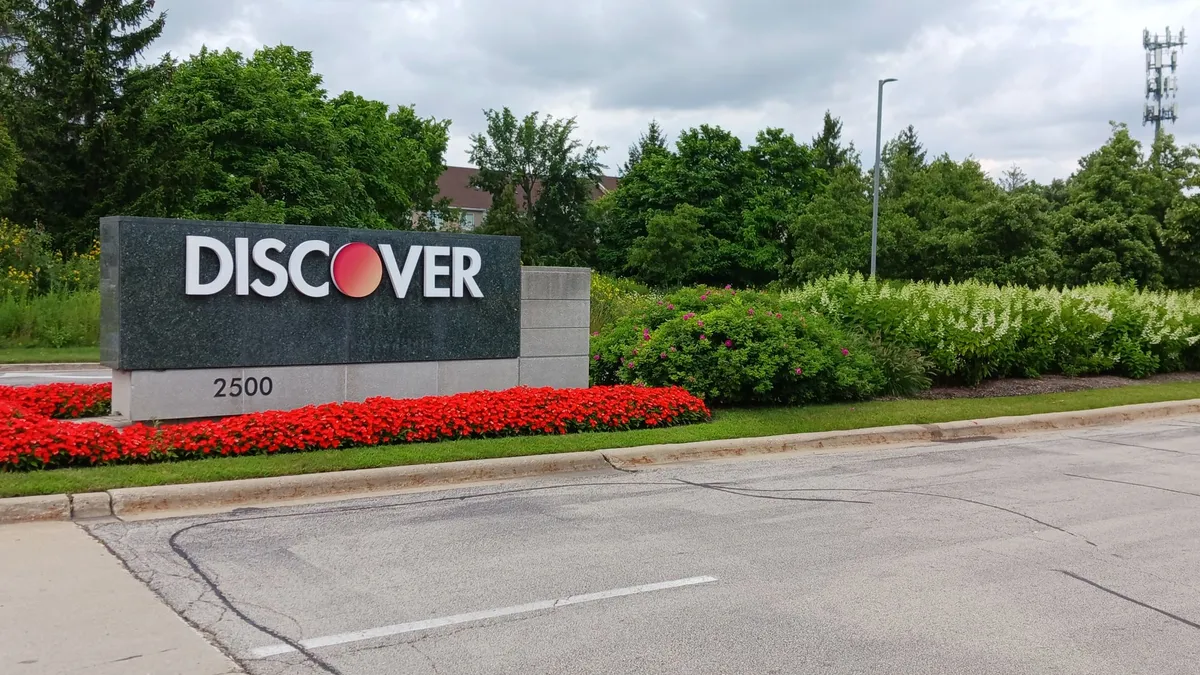As restaurant point-of-sale software players target international expansion, rivals such as Toast and Lightspeed Commerce are vying for a beachhead in the European market.
A number of upstart competitors in the field, which also includes Fiserv’s Clover and Shift4, are pursuing growth outside the U.S. as they seek to displace incumbents such as NCR Voyix and Oracle in the restaurant industry.
Notably, Toast’s $92 billion in gross payment volume last year topped that of Lightspeed ($87 billion), Shift4 ($72 billion), but was less than half of Clover ($225 billion), according to Bank of America Global Research data from June. However, figures for Shift4, Lightspeed and Clover included their non-restaurant payment volume.
Toast said in May that it had formally entered the Canadian, Ireland and U.K. restaurant markets. Toast executives have said international expansion is a longer-term opportunity and the company intentionally started with English-speaking countries.
But JP Chauvet, the CEO of Montreal-based Lightspeed, expressed skepticism that his company’s rival will be able to successfully crack the European market. He expects Toast will face a more challenging path abroad than it has in the U.S.
“The U.S. market is probably the simplest because it’s one language, it’s one model across the U.S.,” Chauvet said during an interview. “The moat for Europe is going to be a little bit tougher to crack.”
Within Canada, he noted, workflows in Quebec are completely different than those in Ontario. In large European countries such as France, Germany, Italy and Spain, platforms need to be fiscally integrated with the government, Chauvet said.
Lightspeed, which offers point-of-sale software and payments acceptance for retail and restaurant merchants, has a “strong” business outside the U.S., he asserted. For example, the company has 250 employees in Germany to handle sales and support, he said.
Historically, as Toast was focused on growing in the U.S., Lightspeed was focused on Europe, Chauvet asserted. To find success outside the U.S., “it’s going to take a lot of work for Toast,” he contended.
Lightspeed counts about half of its customer base within the U.S. and half outside it, Chauvet said. The company currently has about 170,000 merchant customers worldwide, he said. Globally, about 62% of its customers are retailers, while 38% are restaurants, according to Lightspeed’s most recent annual filing, for the period that ended March 31.
Outside the U.S., Lightspeed pursues the entire restaurant market, Chauvet said. In the competitive U.S. market, however, Lightspeed has narrowed its focus to include fine dining restaurants and those with “complex workflow requirements,” he said.
Earlier this year, not long after cutting about 10% of employees, the company said it was targeting bigger, more profitable customers. Lightspeed now counts 10% of Michelin-starred restaurants in the U.S. as customers, Chauvet said. “We don't want to be everything for everyone in the U.S.,” Chauvet said.
For its part, Toast has about 99,000 customer locations in the U.S., according to the company’s most recent earnings report. Small to medium-sized businesses continue to fuel Toast’s growth, although Toast has sought to move upmarket and sign larger customers. Spokespeople for Toast didn’t immediately respond to requests for comment.
As Lightspeed seeks to further penetrate the U.S. market, Chauvet expects Toast will “try and get the easy international markets, and you'll probably see their presence a bit more,” he said. “But I think it's going to be a much tougher market for them, than what they're seeing in the U.S.”
Lightspeed is also trying to draw more of its point-of-sale customers to its payment processing services, rather than integrating with different payment companies. It’s a more lucrative opportunity, Chauvet said, noting a customer using its payments services offers double the net take rate of a customer who doesn’t.
Of its annual $100 billion in gross merchandise volume, Lightspeed is currently processing payments for about 25% of that, Chauvet said. The company aims to grow that to between 30% and 35% by the end of its fiscal year in March. And “we’re hoping to end the following year at 45%,” he said.
At the beginning of the year, Lightspeed was named a potential acquisition target in an Autonomous Research analyst note. As for whether the company has fielded any recent acquisition interest, Chauvet said, “there's a lot of interest,” but he declined to speak specifically about any offers.





